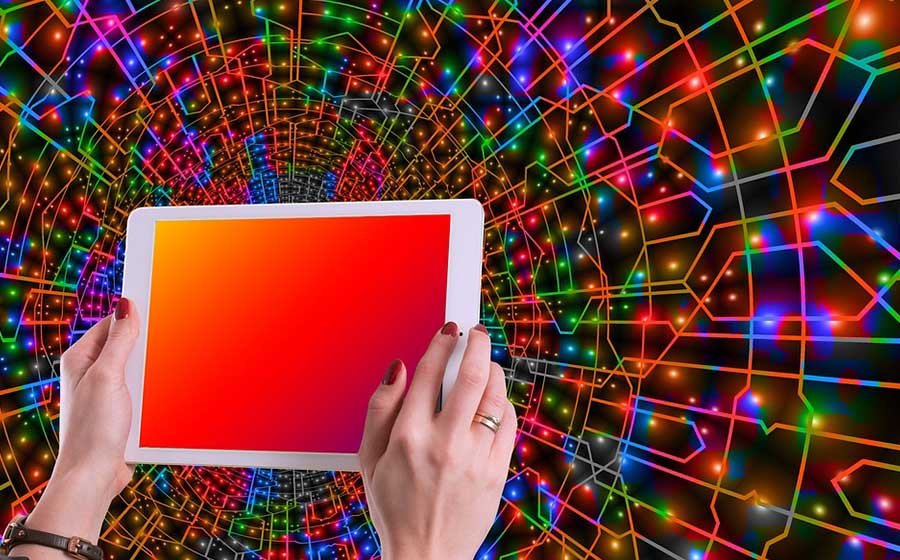When designing a website, one of the aspects that often gets overlooked is colour. It’s actually one of the most powerful and effective tools when it comes to website design, and when used correctly, the choice of colour can help create high-value websites that have high conversion rates.
Colours are designed to provoke emotional stimulation at a conscious and subconscious level, and getting them just right can make the overall experience of a website a much more enjoyable one for the user. It can also help promote brand recognition, among other things. Find out more about why colours are so important when designing a website right here.
When starting from scratch, what colours should you use?
If the brand or business that you’re trying to create a website for doesn’t already have a colour (or colours) that makes that business stand out from the crowd, then you need to think about this before anything else. Each colour has a different meaning, so you must take the time to learn about each different colour’s meaning. Only then can you find out what colour would best suit the website based on the type of person that is most likely to visit your website.
To begin with, you may want to consider one of the primary colours. Examples of primary colours include the following:
- Red
- Blue
- Yellow
- Green
You also have secondary colours. These are colours that can be made by mixing the primary colours, and some examples include:
- Orange
- Green
- Violet
You also have tertiary colours, which are made by mixing primary and secondary colours. These include:
- Blue-Green
- Blue Violet
- Red Violet
- Red-Orange
- Yellow-Orange
- Yellow-Green
When choosing colour themes for your website, you can go for analogous, complementary, monochromatic, split-complementary, tetradic, or triadic, and each colour theme comes with its own advantages.
What do these colours mean?
You will be able to put these colours to good use when understanding them better, and a lot of this has to do with human’s basic understanding of things around us. Don’t forget that colours also have different meanings in different parts of the world. For example, when many westerners think of blue, it tends to be associated with the sky, which leads to a sense of optimism for many people, and greens tend to be associated with nature. This colour often conjures up feelings of trust, luck and even health.
Another example of colour and its meaning is yellow, which is often associated with the sun, summer, and smiley faces, which can mean happiness for many people.
Getting to know more in-depth information about what each colour means to certain cultures and exactly who your target audience is can have a great impact on how successful your website is.
How can using the correct colours help my website?
Using the right colours can not only help with brand recognition, but it can also help build a layer of trust between your business and the customer. People are more likely to buy something from a website they trust. Using the correct colours can make it easier to view things on a website and, therefore, much easier to navigate, which leads to a happier customer. Colours also help the user see the important messages you are trying to convey to them. When used correctly, your website can stand out from your rivals thanks to the colours you use, and this will hopefully lead to a more successful business for you.










